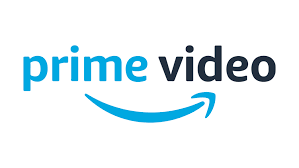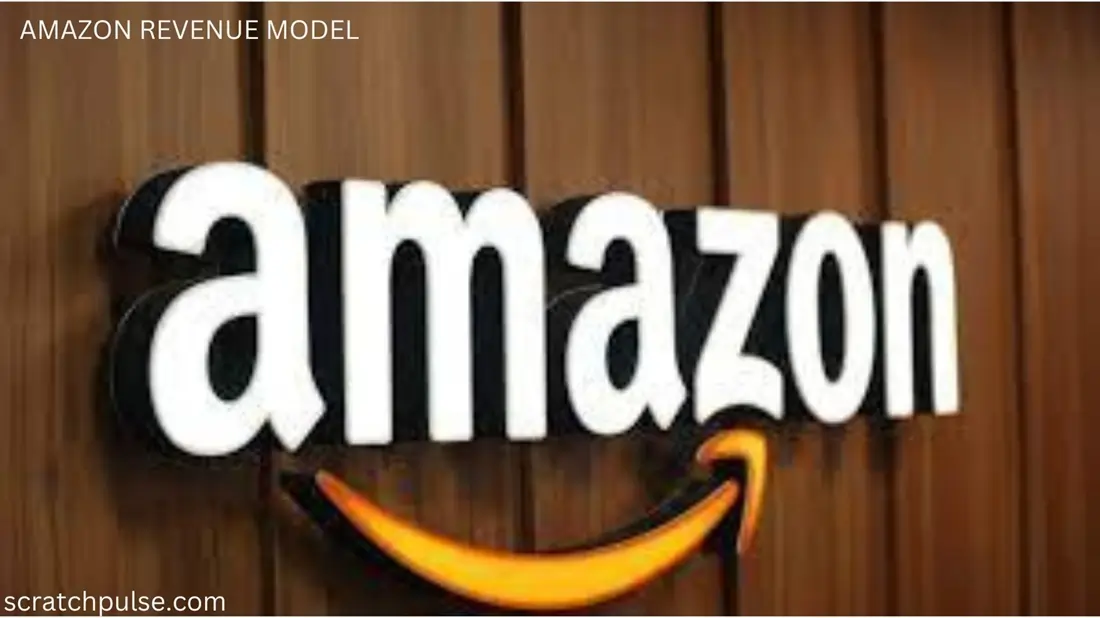An extensive selection of products that is offered by the American online retailer Amazon.com, Inc. Amazon Revenue is generates as the industry leader in online retail, Amazon claims to have the biggest collection of books, CDs, and videos worldwide. As part of online trading, private individuals or other businesses can also offer new and used products via the integrated sales platform Marketplace. Along with the Amazon Fire HD tablet computer, Fire TV set-top box, Fire TV Stick HDMI stick, and Echo speech recognition system, the Amazon Kindle is marketed under its own name.
With $280 billion in sales, $11.6 billion in profit, and a $1.32 trillion market valuation as of June 2020, it ranked third in terms of value, behind only Apple and Microsoft. Retail (including both online and brick-and-mortar stores), advertising, cloud computing (AWS), payments, logistics, and B2B services are among Amazon’s business units.
Amazon’s revenue 2023 was $574.785 billion, up 11.83% from the previous year. Amazon’s 2022 revenue was $513.983 billion, a 9.4% increase over 2021. Amazon saw a 21.7% increase in revenue from 2020 to $469.822 billion in 2021.
A closer look at each business unit of Amazon Revenue that is provided below:
Retail
Amazon’s grocery business, which includes Whole Foods and Amazon Fresh, as well as other physical stores like Amazon Go and Amazon Style, are all part of its retail division. With its eight regional networks—which comprise fulfillment centers, intermediate sorting centers, last-mile delivery hubs, and its transportation fleet—Amazon employs a regional retail fulfillment model.
E-Commerce
The Top 15 US Ecommerce Companies Forecast report from eMarketer lists Amazon as the leading online retailer in the country the retail contributed maximum in Amazon Revenue. It actually exceeds the combined sales of the next 15 biggest US e-commerce companies. And also currently Giant of E-Commerce in the world.
Amazon Prime Day
Amazon launched Prime Day, a sales occasion that grants Prime members access to special discounts, in July 2015. From being a one-day, once-a-year event, Amazon Prime Day has expanded to two days, twice a year. Other retailers, including Walmart, Target, and Best Buy, have started to hold their own sales events during the same period, hoping to steal market share from Amazon. This service increase the Amazon Revenue and also customer acquisition in market.
Amazon Web Services
A vital component of Amazon’s technological goals is Amazon Web Services (AWS). AWS, established in 2006, holds the largest market share globally in the enterprise cloud infrastructure services sector, according to Canalys, with 32% as of Q 2022. Amazon’s most profitable business by far is this one, as well, according to eMarketer’s report The Power of Amazon in 2023.
According to Amazon Revenue 2022 earnings, AWS’s percentage of net sales is still small, but it has increased from 12% in 2020 to 16% in 2022. It does, however, face a number of difficulties, such as the cloud computing market’s slowing growth, heightened competition among generative AI technology providers, and regulatory risks from antitrust authorities.
Amazon Prime Video

A September 2023 eMarketer forecast estimates that 163.6 million US consumers will be Amazon Prime Video subscribers by 2024. But in 2024, they will only use Prime Video for an average of 11 minutes per day as opposed to 32 minutes per day with Netflix.
Amazon debuted an ad-supported Prime Video tier in January 2024. For an extra $2.99 a month, an ad-free subscription will still be offered, but live broadcasts and sporting events will still feature advertisements.
With an eye towards gaining more viewers and advertising revenue, Amazon acquired the exclusive rights to the NFL’s Thursday Night Football starting in 2022.
Based on internal data from Amazon and Nielsen, the opening game of 2023 broke records for NFL streaming overall as well as for the Prime Video platform. In addition, Amazon sponsored an NFL game on Black Friday, offering viewers real-time shopping opportunities through interactive advertisements.
Amazon Music
An August 2023 eMarketer forecast estimates that 53.1 million US consumers will use Amazon Music in 2024, or roughly half of Spotify’s 2024 user base.
According to the retailer, Amazon Music Prime, which is part of a Prime membership, offers customers access to a catalog of 100 million songs and the majority of the most popular podcasts. For $10.99 (or $9.99 for Prime members) a month, non-Prime users can enjoy all of these benefits in addition to limitless skips and HD song versions with Amazon Music Unlimited. There’s also an ad-supported free version.
Amazon Publishing
Children’s books, nonfiction, and fiction are all published in print, digital, and audio formats by Amazon Publishing. With the help of Kindle Direct Publishing, authors can self-publish their works in over 45 languages and over 10 countries for ebook, print, or Amazon’s serialized reading platform, Kindle Vella.
Using virtual voice narration, Kindle Direct Publishing revealed in November 2023 that it was beta testing technology that would enable authors to create audiobook versions of their ebooks.
Logistics
Supply Chain by Amazon, which extends Amazon’s fulfillment and logistics capabilities for sales outside of Amazon.com, was introduced by the company in September 2023. Discounts for international shipping, automated inventory replenishment, enhanced visibility and tracking, and affordable, long-term bulk storage via Amazon Warehousing and Distribution are all included in the product suite.
This is on top of Fulfillment by Amazon, a service that lets companies use Amazon for order storage, picking, packing, and shipping.
Amazon Revenue model of Payments
Amazon Pay is an online payment service that allows customers to pay with information from their Amazon accounts by integrating directly with retailer websites. According to eMarketer’s The Power of Amazon in 2023 report. Customers can also use buy now, pay later services (like Affirm, which was previously only available via Amazon’s US checkout page) and Citi Flex Pay, an installment plan for Citi credit card holders.
Additionally, Amazon provides retailers with a “Buy with Prime” button that allows them to utilize Amazon’s delivery and payment services. BigCommerce was the first partner to activate the Buy with Prime button in January 2023, allowing its 51,000 merchants to use the solution. Shopify then declared in August that it would allow its merchants to offer Buy with Prime right at the point of checkout.
Amazon Revenue of B2B
eMarketer’s August 2023 forecast projects that B2B Amazon Business will generate $43.44 billion in US product sales in 2024, a 12.3% YoY growth. Even with that 2.1% share of all US B2B e-commerce site sales. Amazon continues to outperform rivals like Shopify ($11.29 billion) and BigCommerce ($2.58 billion).
Gadgets
According to eMarketer’s August 2023 forecast, the number of Echo users will increase to 68.9 million in 2024, a meager 1.7% annual growth.
Towards the end of 2022, Amazon made significant reductions to its device team due to its inability to generate revenue from the Echo. However, Amazon revealed in September 2023 that it was updating Alexa, its voice assistant, with new generative AI-powered features. The company claims that by using a new large language model as the foundation for the technology, Alexa will feel more personalized, human, and integrated with other smart devices.
Amazon’s ecommerce competitors
Even though Amazon is without a doubt the industry leader in US e-commerce, it is not without competition.
- Walmart Inc.’s revenue from e-commerce will only be a small portion of Amazon’s in 2024 ($82.81 billion versus $492.23 billion, based on eMarketer’s October 2023 forecast), but it will grow at a faster rate. Walmart’s advertising revenue is expected to grow by 39.5% in 2024, outpacing Amazon’s growth of 26.6%. With 4,616 locations across the US, Walmart also has a physical advantage over Amazon.
- Shopify’s third-party marketplace gives Amazon more competition. Nonetheless, future cooperation may be facilitated by the Buy with Prime integration. Despite Shopify’s initial reluctance to include the button, the two businesses eventually reached an understanding that allows merchants to use Amazon’s fulfillment system while still utilizing Shopify’s checkout service for payments.
- Although Amazon has an unmatched global reach, Alibaba and MercadoLibre are challenging the company in their respective markets of China and Latin America.
For more Tech news related topic please visit our Technology Page.


